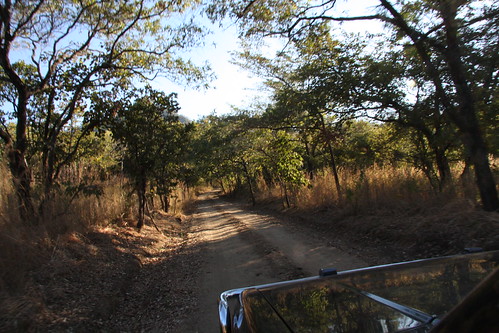I’ve been asked to talk about LinkedIn. This isn’t the first time. Most of the talks, I’ve given were about how to use LinkedIn “technically”. Given that LinkedIn has been available for over 15 years and there are many excellent online courses and webinars on how to use LinkedIn features, I suggested a session on “Why do I use LinkedIn?” instead.
From a more personal point of view.
I am planning to talk about my own use of LinkedIn.
Why I am using LinkedIn to build my personal network.
What the perceived added value is for me.
I think it’s about what works for me, what benefits me.
Sometimes platforms stick. Sometimes they don’t. Who knows, maybe Instagram is a better business platform for you?
Why do I use LinkedIn?
Here’s my list:
- Recruiting. LinkedIn started out as a recruiting platform. That’s still a large and important part. Example: I actively use LinkedIn to recruit.
- Networking. I use LinkedIn to build a net of business connections from my past, present, and future. Providers, external contractors, people I worked with. Example: a contact asked me where to find a UX designer and I shared 3 people that I thought could help her with her search, based on my LinkedIn network. I use the Direct Messaging area for this.
- Gathering information. Follow business topics, companies, magazines, and individuals. Example: I actively use LinkedIn to find information about the industry that I am in.
- Promoting and distributing information. I use LinkedIn to share info with relevant audiences. Example: A lot of energy is spent on creating content. In today’s world, it doesn’t stop there. Telling people via Paid and Organic that a piece of content exists is equally important as creating and writing the piece in the first place. Distribute everywhere. An Ahref study on 1 billion web pages says approximately 90% of pages do not get any traffic from Google. With a limited paid budget, telling people about the web pages I worked on is 1 way to promote new web pages. Expecting others, that don’t know my employer or my business area, to distribute B2B info, isn’t likely to happen. It starts with me. Raising awareness for the cool projects I work on.
- Learning and experimenting. Use LinkedIn to learn what kind of messages and formats work and what doesn’t resonate. Learn how often the organic algorithm shows the message. Which posts it currently prefers. See who interacts with a post. Example: Currently the LinkedIn algorithm favours longer posts with no external links, and a long thread of comments.
LinkedIn has the most accurate database of Job Titles.
Personal benefits:
Networking.
Posting on LinkedIn at regular intervals gets noticed. My LinkedIn activities help me to stand out. Semrush and other social media tools show my activity levels. It’s a way to stay top-of-mind.
Articles that I promote on LinkedIn have a better chance of ranking.
Sharing articles and posting messages gives me ideas on what topics will work.
My knowledge of Organic LinkedIn helps me with my Paid Advertising projects on LinkedIn.
My recommendations:
Think about your topics and your goal on LinkedIn. Do you want to add new skills? Do you want to learn about a new topic? Do you want to position yourself as an expert? Do research. Follow their streams. Attend their online events. Add useful comments or ask questions.
Don’t be a robot.
Try your own text.
Be personable.
Use your own voice.
Add value. Add comments. Contribute.
Be a human filter for your employer and your areas of expertise.
People buy from people.
Words of caution:
Everything you share on LinkedIn is public or might become public. Don’t post about sensitive topics. Avoid referring to client projects or internal processes.
I would stick to business-related topics for the majority of the posts. There are other networks for your hobbies or your holiday plans. My litmus test is: Would I talk about this in a real-life, face-to-face business context?
You will get advertisers and providers trying to sell you stuff via Direct Messaging. It’s inevitable. Depending on your role, you may want to turn down these requests. Or, learn from them. Sending me a message to connect and then following up immediately with a direct sales request will not be successful. And, it’s an example of robotic behaviour.
Tips:
Use a tool like Buffer.com to schedule posts throughout the week. Free plan allows 10 posts.
Maintain your LinkedIn profile.
Map our your topics.





